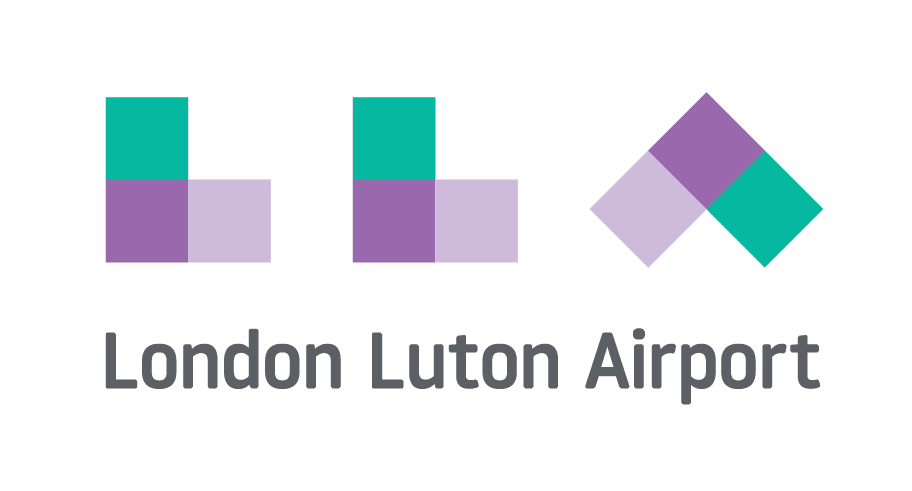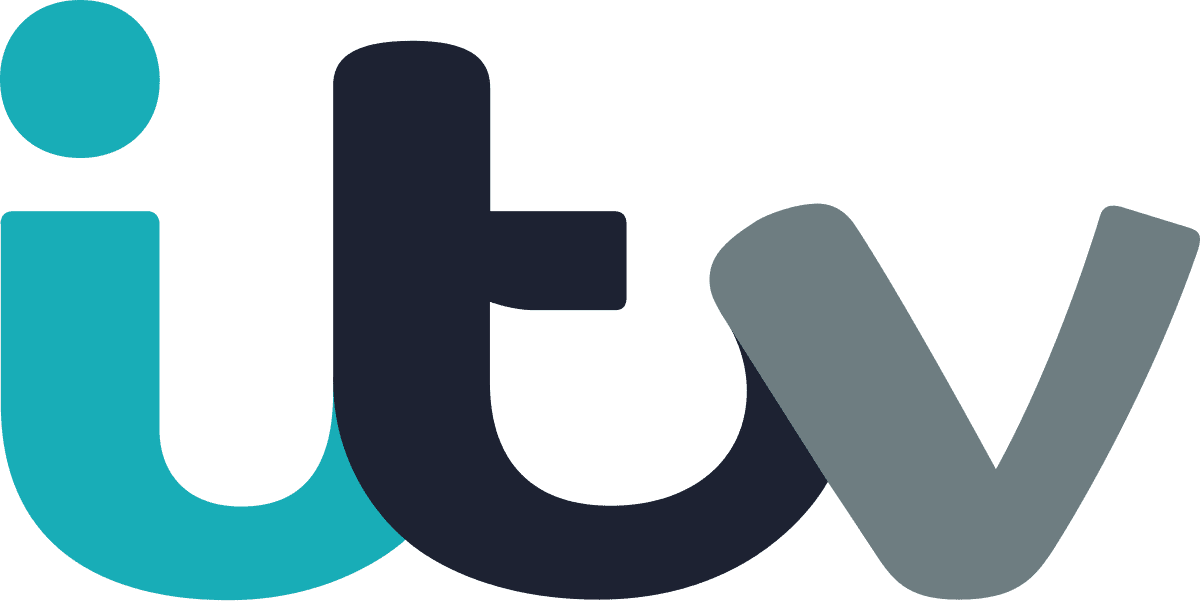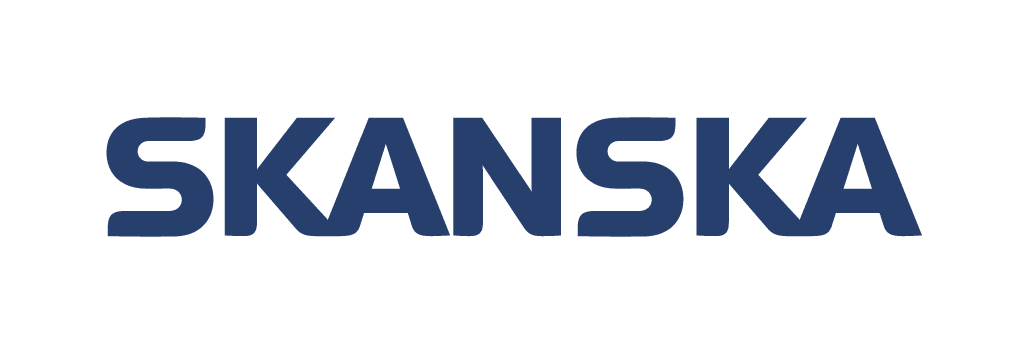
What Is LiDAR?
LiDAR, or Light Detection and Ranging, is a remote sensing method that uses laser pulses to collect measurements.
The sensor does this by sending light pulses to an object or surface and measuring how long it takes to reflect back to the sensor. The time it takes for the pulse to return indicates the exact distance of the object.
To build the 3D understanding of an object, the sensor uses a GNSS receiver, an IMU unit and a laser scanner.
The GNSS, or Global Navigation Satellite System, helps to locate the object or surface’s position. The IMU, or Internal Measurement Unit, tracks the speed and orientation of the drones it’s flying, and the laser scanner measures distance.
Once the LiDAR has all of this, the data is processed by a 3D mapping software, along with a Global Positioning System (GPS) and an Inertial Navigation System (INS) to produce a detailed 3D model.
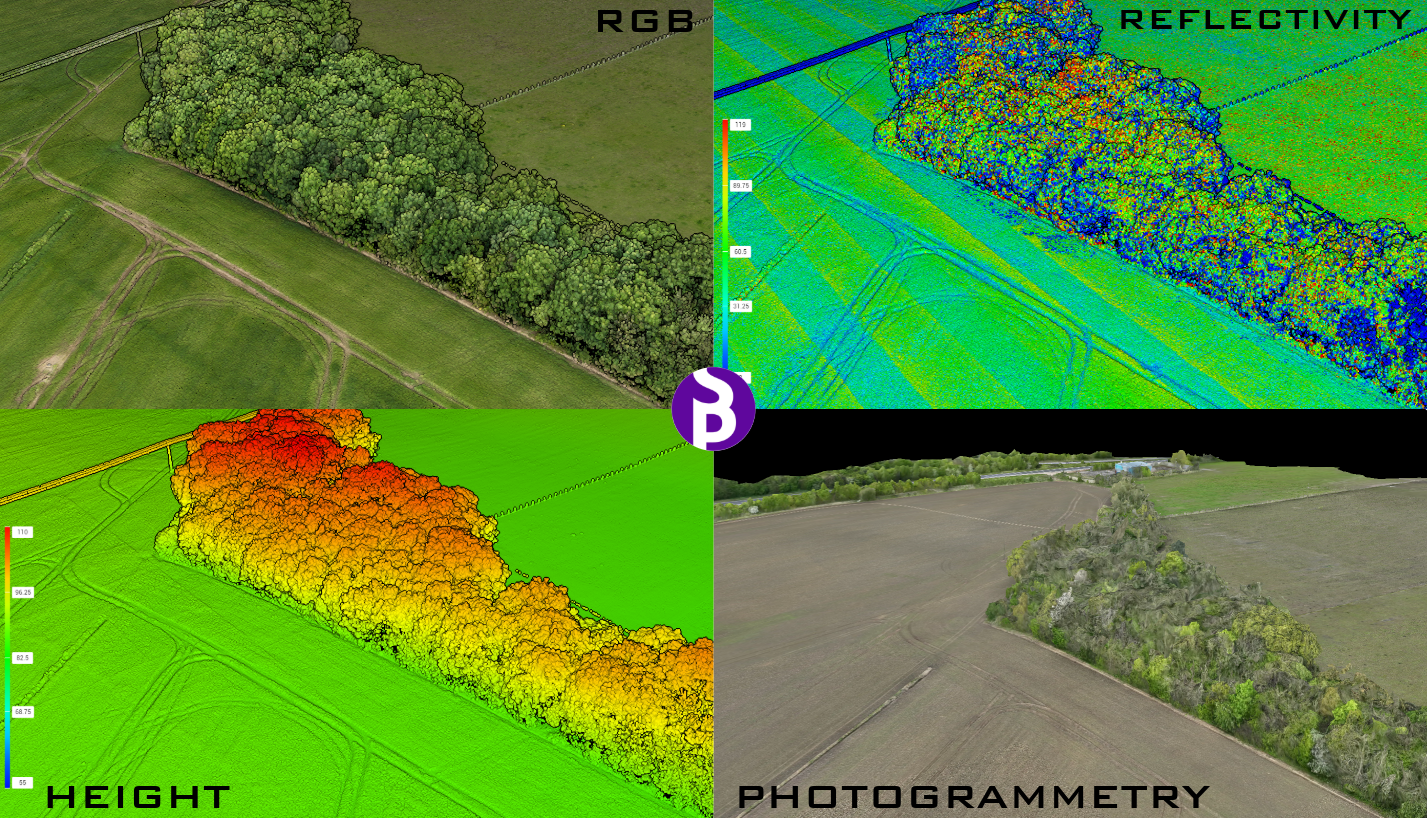
What Is LiDAR Drone Surveying?
As you may have guessed from the name, LiDAR Drone Surveying is simply surveying a building or area of land using any drone equipped with LiDAR technology. In the past few years, the innovation of this technology has lowered the size and cost of LiDAR sensors dramatically, making it increasingly more convenient to be placed onto an aerial drone.
The information provided by LiDAR drones has become increasingly more accurate and far less expensive as they become more common. For example, the point cloud data from these drones can yield 100 – 500 points per square metre, and have a vertical elevation accuracy of 2 – 3cm, meaning they yield the highest fidelity data compared to other aerial survey methods.
LiDAR Uses
While we utilise LiDAR drones for land surveying, they are being used in many different ways, revolutionising the world of 3D mapping in a wide range of industries, such as agriculture, archaeology and mining:
LiDAR in Agriculture
LiDAR drones in agriculture are often used to create 3D maps of farmland and make more efficient crop performance measurements.
LiDAR technology also enables targeted application of resources, such as fertilisers, by using precision farming through detailed terrain data.
LiDAR in Archaeology
LiDAR drones are being used alongside the decades-long method of using planes equipped with LiDAR sensors. As drones fly lower and slower than planes, they can capture more details that are harder to see from high altitudes.
On top of this, using drones costs significantly less money, and flight times are much easier to arrange.
LiDAR in Mining
LiDAR technology is often used to guide site planning and resource management by creating detailed topographical surveys and volume measurements.
It also captures detailed terrain information, helping to identify potential landslides or slope failures in open-pit mines.
Benefits of Using LiDAR
Precision and Accuracy
Data produced by LiDAR drones yields the highest fidelity compared to other aerial surveying methods.
This precision is highly beneficial, particularly for the construction engineering industry, as it allows for efficient site preparation and project planning.
Efficiency and Speed
LiDAR drones rapidly cover large, difficult-to-reach areas.
Using these drones to collect data can be up to 5x faster than using traditional methods, which typically use a significant amount of time and manpower, and therefore saving surveying time as well as costs.
Cost-Effective
The efficiency and speed of accurate data collection reduces operational costs and replaces expensive, intense manual labour.
This overall reduction of project costs makes LiDAR drones especially useful in areas such as construction and mining.
Stay updated with us:
How Can SolidPoint Help Your Project?
At SolidPoint, we are passionate about providing accurate and efficiently collected data for our clients and have worked on numerous projects across the UK. If you are looking to commission a survey in your next project, please don’t hesitate to Get in touch with a member of our friendly team to discuss your requirements and get a free quote.
Alternatively, you can call us on 01332 898350 or email us at projects@solidpoint.co.uk for more information on our services. We look forward to hearing from you!
Give us a call on
Request a Free Quote
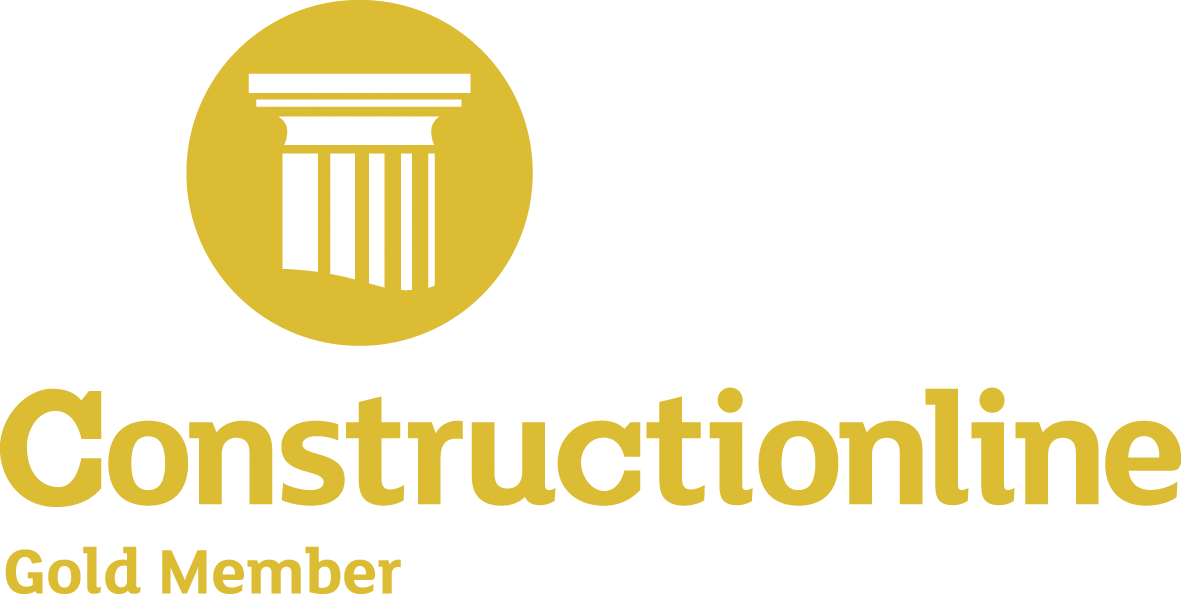
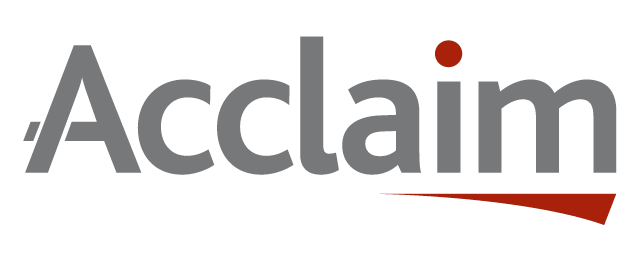

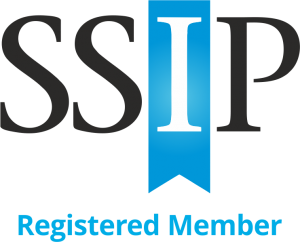
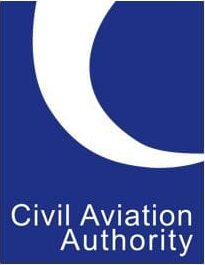
Trusted Suppliers for:
